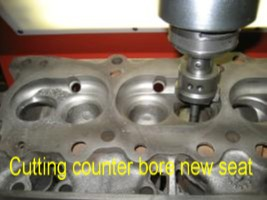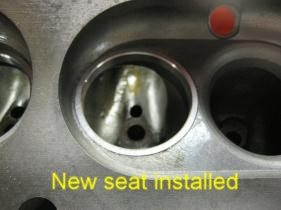- Joined
- Apr 15, 2024
- Messages
- 4
Is it practical to counterbore cast iron or hardened steel cylinder head valve seats with a mini mill? If not, what would be the least expensive new or used machine that could handle 16 valve seats per week on a routine basis? Exhaust 1.757" x .315" Intake 2.068" x .315"
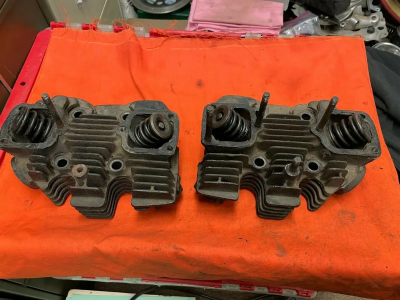
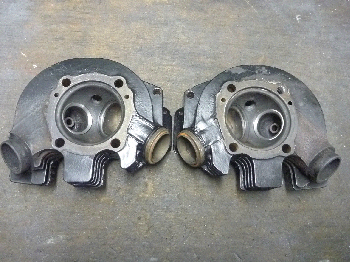
The cutter heads look like this:
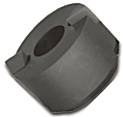
A tool holder rides on a snug-fitting guide that locks into the valve guide stem.
This is the cutter driver/holder:
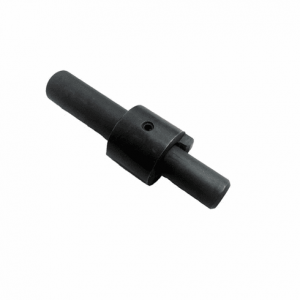
This is the guide:
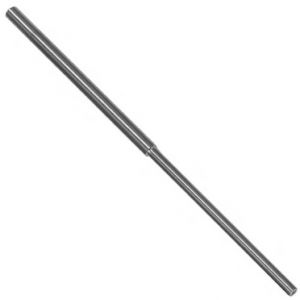


The cutter heads look like this:

A tool holder rides on a snug-fitting guide that locks into the valve guide stem.
This is the cutter driver/holder:

This is the guide:


